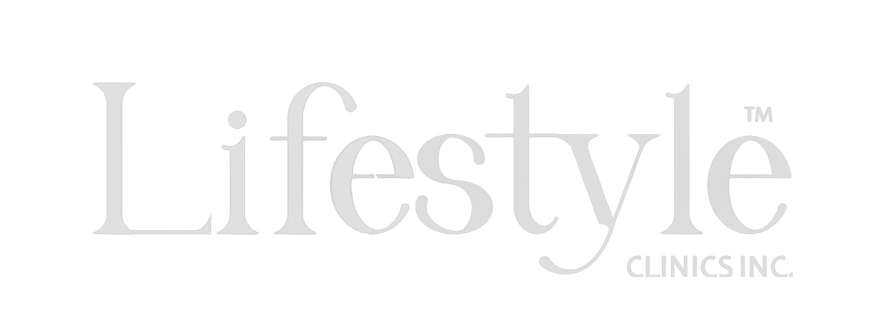Understanding Changes in Facial Features: Causes, Implications, and Treatments
Changes in facial features can be influenced by a variety of factors, including aging, medical conditions, and lifestyle choices. Understanding these changes is essential for addressing any underlying health issues and maintaining a healthy appearance. This article explores the causes, implications, and treatments for changes in facial features, providing valuable insights for individuals and caregivers.
What Causes Changes in Facial Features?
Changes in facial features can occur gradually or suddenly and can be attributed to several factors:
Aging
- Loss of Skin Elasticity: As we age, the skin loses its elasticity due to decreased collagen production, leading to sagging and wrinkles.
- Bone Density Reduction: Aging can cause the bones in the face to lose density, leading to changes in facial structure.
- Fat Redistribution: The fat in the face tends to diminish and shift, affecting the fullness and contours of the face.
Medical Conditions
- Genetic Disorders: Conditions like Marfan syndrome or Ehlers-Danlos syndrome can cause distinctive facial changes.
- Endocrine Disorders: Hormonal imbalances, such as those caused by hypothyroidism or acromegaly, can lead to changes in facial features.
- Infections and Inflammations: Chronic infections or inflammatory conditions like lupus can cause facial swelling and changes.
Lifestyle Factors
- Sun Exposure: Prolonged exposure to UV rays can damage the skin, leading to premature aging and changes in facial features.
- Diet and Nutrition: Poor nutrition can affect skin health and facial appearance.
- Smoking and Alcohol: Both can accelerate aging and cause noticeable changes in facial features.
Trauma and Surgery
- Injuries: Facial trauma can lead to permanent changes in facial structure.
- Cosmetic Surgery: Procedures like rhinoplasty, facelifts, and Botox injections can alter facial features.
Common Changes in Facial Features
Several changes in facial features are commonly observed and can indicate underlying issues:
- Wrinkles and Fine Lines: Typically appear around the eyes, mouth, and forehead due to aging and sun exposure.
- Sagging Skin: Loss of elasticity leads to drooping skin, particularly around the cheeks and jawline.
- Puffiness and Swelling: Can be caused by infections, inflammation, or fluid retention.
- Dark Circles: Often due to lack of sleep, stress, or genetics.
- Changes in Skin Tone and Texture: Can be caused by aging, sun damage, or medical conditions.
Diagnosing Changes in Facial Features
To determine the cause of changes in facial features, a comprehensive approach is often necessary:
- Medical History: Reviewing the patient’s medical history, lifestyle habits, and family history.
- Physical Examination: Assessing the face for any visible changes and symptoms.
- Imaging Tests: X-rays, CT scans, or MRIs to evaluate underlying bone and tissue structures.
- Laboratory Tests: Blood tests to check for hormonal imbalances, infections, or other medical conditions.
Treatment Options for Changes in Facial Features
The treatment for changes in facial features depends on the underlying cause. Here are some common approaches:
Medical Treatments
- Medications: Treat underlying conditions such as infections, hormonal imbalances, or inflammation.
- Dermatological Treatments: Topical treatments, chemical peels, or laser therapy to improve skin health and appearance.
Cosmetic Procedures
- Botox and Fillers: Non-surgical treatments to reduce wrinkles and restore facial volume.
- Facelifts and Rhinoplasty: Surgical procedures to correct sagging skin or reshape facial features.
- Microneedling and Laser Resurfacing: Improve skin texture and reduce signs of aging.
Lifestyle Modifications
- Healthy Diet: Ensuring a balanced diet rich in vitamins and minerals to support skin health.
- Sun Protection: Using sunscreen and wearing protective clothing to prevent sun damage.
- Hydration and Sleep: Staying hydrated and getting adequate sleep to maintain healthy skin.
Home Remedies
- Moisturizers and Anti-Aging Creams: Over-the-counter products to improve skin hydration and reduce wrinkles.
- Facial Exercises: Exercises to strengthen facial muscles and improve appearance.
Conclusion
Changes in facial features can be influenced by a range of factors, including aging, medical conditions, and lifestyle choices. Understanding the causes and recognizing the signs can help individuals take appropriate steps to address these changes. Whether through medical treatments, cosmetic procedures, or lifestyle modifications, maintaining a healthy appearance is achievable with the right approach.
If you notice significant changes in your facial features, consult with a healthcare professional or dermatologist for a thorough evaluation and personalized treatment plan





